I'm trying to calculate the minimum voltage needed create a spark across 2 electrodes (needle shaped) in open air at normal ambient pressure.
Usually, I would use the figure of 3000V /mm as the breakdown for air, which gives these figures:
- 300V for 0.1 mm gap
- 30V for 0.01 mm gap
I found this page which talks about the Paschen curve.
It states:
Using Paschen's Law, the minimum breakdown in air is calculated to be 327 V at standard atmospheric pressure. This occurs at a distance of 7.5 µm.
I got a bit confused because with regular math I get around 300V for 100um.
How did they arrive to the figure 327V for 7.5um (microns)?
How to I correctly calculate the minimum voltage required to create a spark across a 50 micron air gap?
